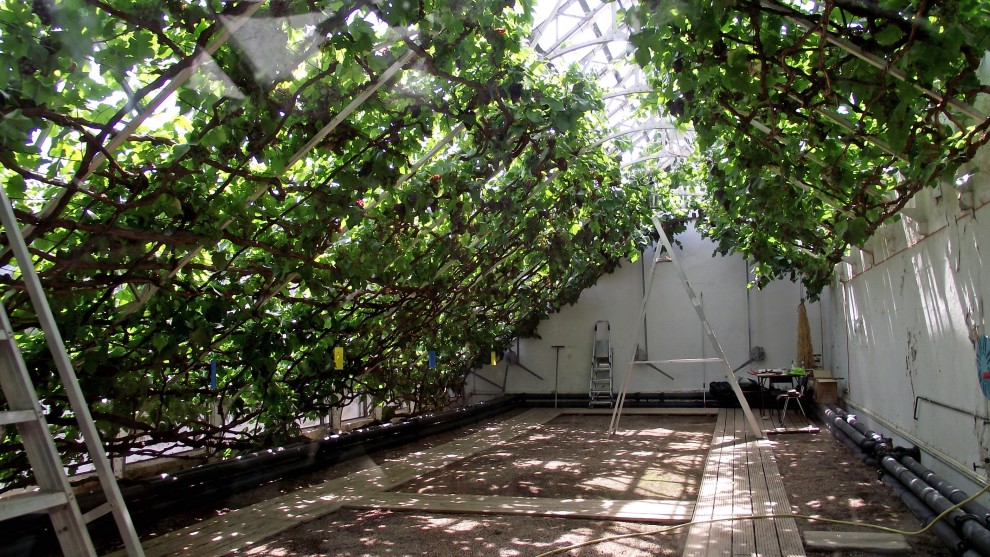Recently while in England on an organized garden tour, I had a few “leisure” days to explore London on my own. Wanting to make the best use of my free time and do some advance planning, l ordered The London Pass (http://www.londonpass.com ) before leaving for England. The pass allows you entry to the most popular tourist attractions and is an economical ways to explore London on your own. The pass comes with a guidebook and though the high profile tourist attractions were tempting, I wanted to see gardens and was able to choose several that were offered in the pass. Here are my 3 favourites:
Chelsea Physic Garden
Not well known, and a bit of a hidden gem to tourists, the Chelsea Physic Garden (http://www.chelseaphysicgarden.co.uk/), founded in 1673is London’s oldest botanic garden. Thanks to the warm microclimate created by the garden’s sheltered location many tender plants do well here including the largest outdoor fruiting olive tree in Britain. In the greenhouses there are tropical and sub-tropical plants. All in all, there is a collection of approximately 5,000 edible, medicinal and historical plants. This garden was once one of the most important centres of botany in the world. For sure, there’s plenty to educate you here. But even if you aren’t that much into plants, it’s a great place for strolling through the garden and the people-watching near the Café is great.
Kew Royal Botanic Gardens
Founded in 1759 and declared a UNESCO World Heritage Site in 2003, Kew Gardens (http://www.kew.org/) is probably the world’s most famous garden. With over 250 years of history it’s not surprising that Kew is one of London’s top visitor attractions. But, it’s more than a pretty place (it surely is that), Kew is also a world leader in plant science and conservation and still first and foremost a scientific institution with vast collections of living and preserved plants, plant products and botanical information. Kew is on a large acreage and it’s easy to spend a whole day (or more) here. If the weather is dismal, head for the glasshouses. Constructed between 1844 and 1848, the domed exterior of Kew’s Palm House has made it an icon of the Gardens. But, my favourite greenhouse is the Princess of Wales Conservatory where inside ten climatic zones are recreated and you can see Madagascan baobab trees, orchids from Central America and carnivorous plants from Asia. If you love gardens, you need to visit Kew.
Hampton Court Palace
The Palace itself is definitely a must-see, but do save time for the gardens. The property is large, over 60 acres with lovely fountains and floral displays. There is a lot to see, but I love the Privy Garden, a re-creation of William III’s private garden (circa 1702). Formal in style with symmetrical lines with marble sculptures and incorporates plants that would have grown there during the early 1700s. One of the more curious things in the garden is the grape vine. Planted in 1769, the vine was listed in the 2005 Guiness World Records as the largest grape vine in the world. It produces over 500 pounds of black eating grapes that are sold in the palace shops in September.


